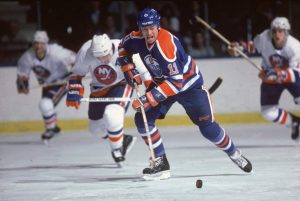Category Archives: NHL history
The history and development of the National Hockey League (Part 2)
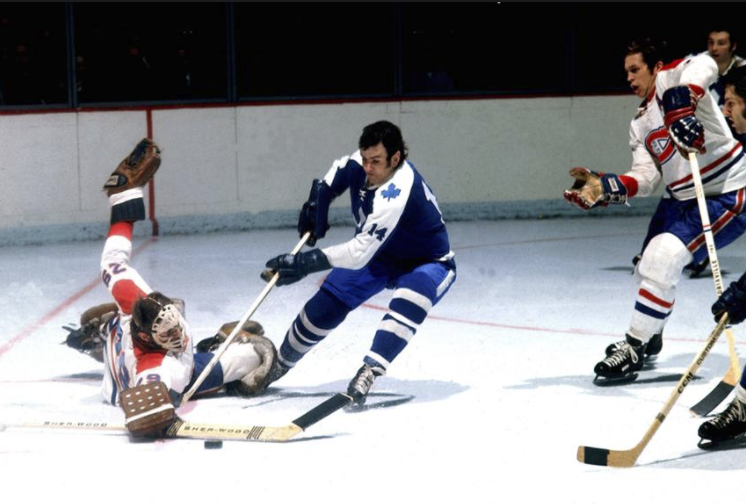
That’s right, World War II had its own adjustments for the organization of the Stanley Cup, then only 6 teams in the NHL. And the Great Depression forced some owners to simply disband their clubs.
Expanding tournaments abroad
Since the mid-60s, more and more new teams from lower divisions began to participate in the National Hockey League, where fully competing with clubs from the start was part of NHL. Another hockey association, VHA, which appeared in those years, could compete with the NHL, and so it was decided to expand the league further.
The NHL clubs were in better financial shape, and by the end of the 70s the HAA was gone, losing more than half of its teams. The last component of the NHL was fully formed in 2001, consisting of 30 teams from Canada and the United States.
NHL beginners
Due to the fact that in recent years the popularity of hockey has decreased and baseball and basketball have taken first place, the NHL management decided to recruit some newcomers to their ranks. Of the teams that have applied in the NHL, so far only one club has been decided.
In the 2017/2018 season, a team from Las Vegas will participate in the National Hockey League. An application from Quebec has been delayed so far, and a decision on the club is likely to be made by the end of 2017.

NHL clubs are becoming more and more attractive each year to hockey players from other countries, as the salary the NHL player receives is many times higher than in other tournaments.
Of the NHL clubs representing Canadian cities, Montreal Canadiens has the most trophies, with 24 Stanley Cups in their entire history. Of the teams playing in the US, the Montreal club’s closest pursuer almost doubled. On account of the Detroit Detroit Red Wings 11 11 Stanley account.
The history and development of the National Hockey League (Part 1)
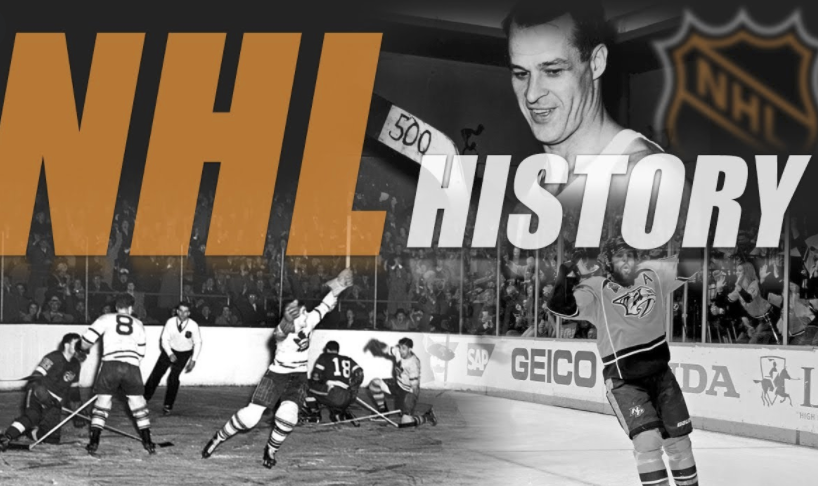
The National Hockey League is the most popular organization that players from around the world are working hard to join. NHL clubs have their own logo, tradition and history. Some people in the last century who were part of this tournament became legendary, instead they had new candidates to join this hockey tournament.
The origin of NHL
The history of the most prestigious unified hockey clubs from the US and Canada dates back to 1917. After the National Hockey Association had disputes and disagreements on a number of key issues, it has been replaced by the NHL. The NHL hockey clubs participating in the first season of 1917/1918 had only 4 cities. They are Montreal, Quebec, Toronto and Ottawa.

The owner of the team from Toronto, due to a need to reorganize, until in the end did not believe that the members of the organizing committee decided to exclude him and the Blueshirts from the association. After prolonged negotiations, however, Edward Livingstone still agreed not to expel the team from the hockey tournament, however, he promised to sell the club within five days.
After that was the resignation of NHA President Charles Robinson and the association ceased to exist. The owner of the first Stanley Cup was the same team from Toronto. However, it was renamed and given care to the local stadium. Livingston did not lose hope to win back the club and filed a lawsuit against the hockey tournament, winning unsuccessfully.
The early years were difficult
In its first decade of existence, the tournament was simply fighting for its existence in this business. Despite this precarious position of the new organization, teams participating in the national tournament, have won the Stanley Cup seven times in nine years.
Then the players were able to raise their salaries to a level that the Pacific Coast Hockey Association could not even dream of. NHL clubs, since 1925, have only grown and by 1930 there were 10 of them.
The early history of ice hockey and NHL tournaments (Part 3)
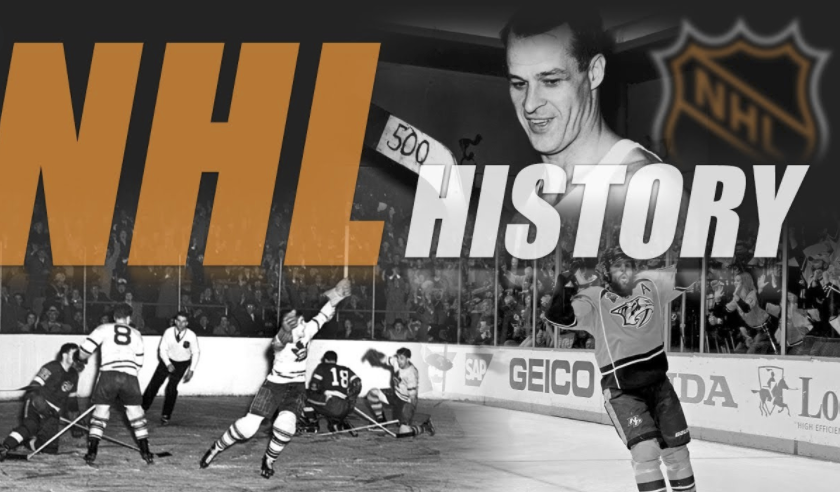
The first professional teams and leagues
In 1904, Canada formed the world’s first professional hockey team. It should be noted that at that time, it was decided to switch to a new game system, under which each participant in the match consisted of six players.

Furthermore, the standard for the size of the site is 56×26 meters. Four years later, the experts are finally separated from lovers.
In the early twentieth century and Europe, a sport like hockey became very popular. The history of its development began in 1908. Then, at the congress in Paris, the International Federation for the sport was established. It originally included four states – Great Britain, Belgium, Switzerland, and France.
NHL was established in 1917. Very quickly this ice hockey tournament became the leader on the planet. This is not surprising, as the strongest players are here. What’s more, the best goals in hockey history are often accurately recorded in the NHL.
Competitions
The first international match between representatives of North America and Europe as part of an official tournament was held in 1920. The Canadian team then defeated the team from the UK.
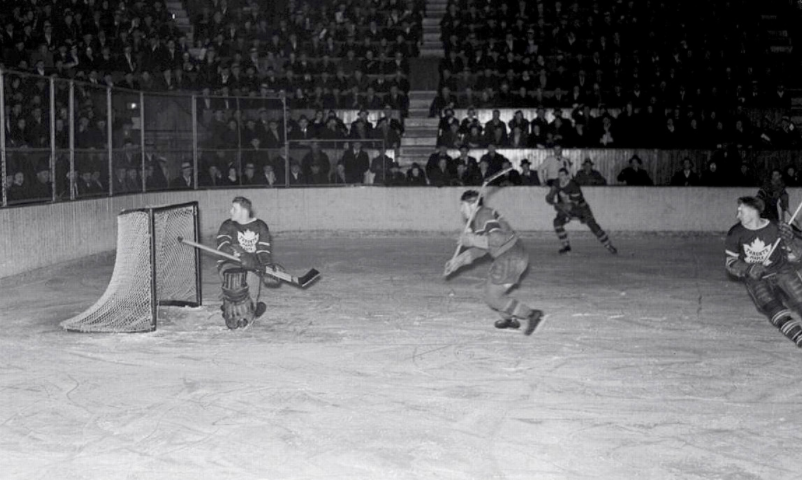
It should be noted that the history of the world hockey championship dates back to the Olympic Games, the winner bearing the title of the strongest man on the planet. The tournaments were separated and became independent only in 1992. After that, the International Federation decided to liquidate the European Championship.
The history of the world hockey championships itself knows some form of hosting a tournament. Initially, competitions are held in a trophy system, and then – in a circle (in one or several stages). From time to time, there are also games for relegation – the playoffs on the runway.
Above are things to know about the early history of ice hockey and NHL tournament, which is the biggest hockey sports event nowadays.
The early history of ice hockey and NHL tournaments (Part 2)
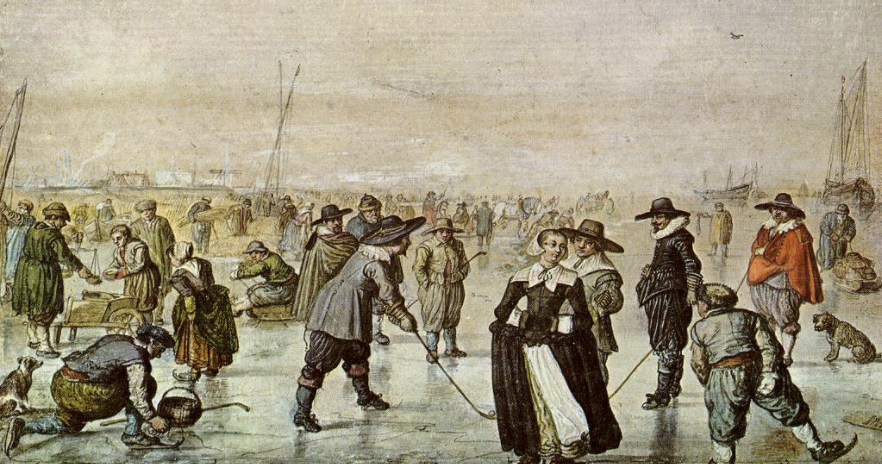
Stanley Cup
The popularity of this sport continues to grow. In the beginning, even amateurs could fight for it. Since 1927, ownership of the Stanley Cup has been disputed by representatives of the National Hockey League.
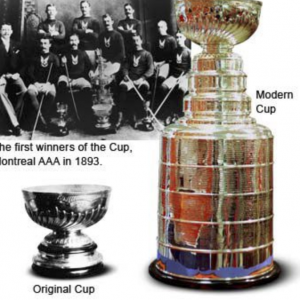
Revolutionary innovation of ice hockey
The history of ice hockey in the early twentieth century is characterized by constant innovations. Specifically, in 1900, they started to install a network on the target, so the number of contests on a recorded target actually dropped to zero.
Since the metal whistle stuck to the judge’s lips, he traded for a bell for the first time and even then for a plastic analog. At that time, the face also appeared. To increase speed and entertainment, in 1910, it was decided to allow in-game replacements.
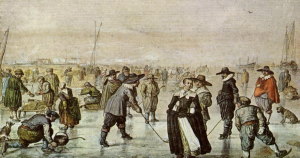 Under the \ u200b \ u200b initiative of the three Patrick brothers, hockey players started to be assigned numbers, goalkeepers were allowed to tear their skates, and players were allowed to get ahead. Furthermore, it was they who proposed limiting the duration of the match to three twenty-minute periods.
Under the \ u200b \ u200b initiative of the three Patrick brothers, hockey players started to be assigned numbers, goalkeepers were allowed to tear their skates, and players were allowed to get ahead. Furthermore, it was they who proposed limiting the duration of the match to three twenty-minute periods.
In 1929, Clint Benedict, goalkeeper of the Montreal Maroons team, used the mask for the first time. Multicolored lanterns with sirens to accurately calculate g targets started being used in 1945. At the same time, the rules for the three arbitrators were revised.
The first arena
Hockey’s history is simply unthinkable without the right infrastructure being built. Originally, the competitive arena was an ice rink with natural ice. To prevent it from melting, cracks are created on the walls of the buildings, through which cold air flows in.
In 1899, the first artificial ice rink was built in Montreal. In the thirties of the twentieth century, sizable arenas began to be erected in Canada and the United States. One of the most notable of them is the “Sports Palace”, built in Chicago in 1938. The arena has a total of 15,000 seats.
The early history of ice hockey and NHL tournaments (Part 1)
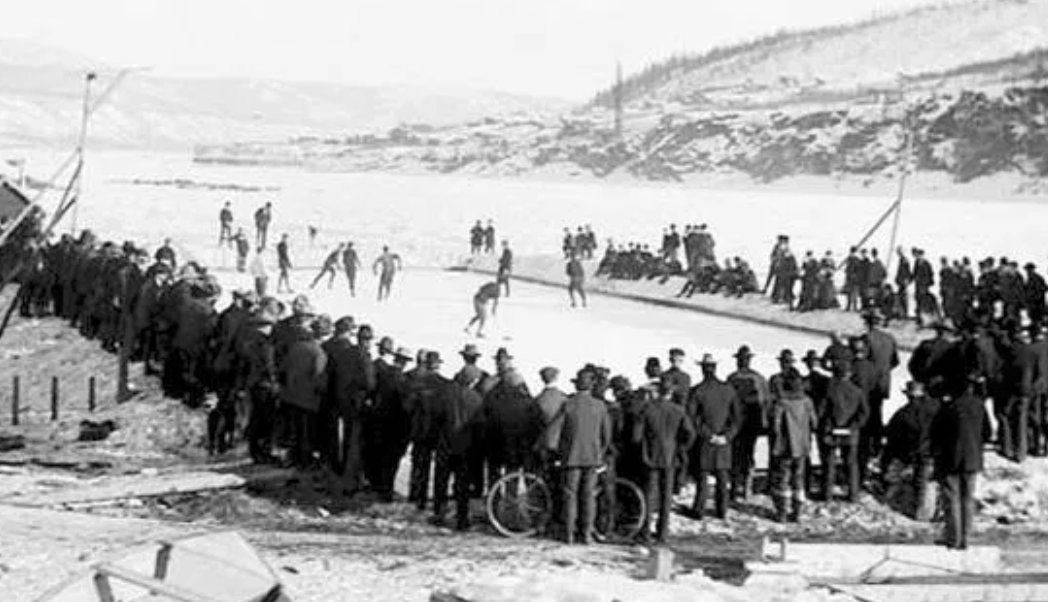
The first memories of an ice hockey game with a club and a ball day. Along with this, as a distinct kind of competition, it was formed much later. And the development described in more detail below is a team sport in which stroke players have to score a goal against their opponent’s goal. The main feature of the contest is that players have to move around the ice rink on skates.
Many versions appeared
For a sport like a hockey, history has become one of the most controversial. Not all modern researchers agree with this. The fact that images of people taking part in a similar game on a frozen pond are present in some paintings by Dutch masters dating back to the sixteenth century.
As if possible, British soldiers, after recapturing Canada from France in 1763, brought ball hockey to the country. Due to the fact that severe and long winter is featured, \ u200b \ u200b game needs to adapt to local conditions. Therefore, people began to compete on frozen rivers and lakes. So the feet won’t slip on their surface, the cheese cutter is tied to the boots.
The debuted match
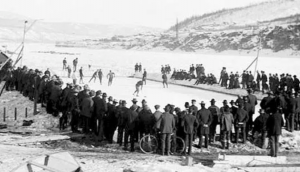 It was in this city, at Victoria Stadium, on March 3, 1875, that the first officially registered hockey game was played. The story of the war was even shown in an article in a local newspaper called the Montreal Gazette.
It was in this city, at Victoria Stadium, on March 3, 1875, that the first officially registered hockey game was played. The story of the war was even shown in an article in a local newspaper called the Montreal Gazette.
Each competing team consists of nine players. A wooden plate became a projectile and common stones were used as gates. The participant’s protective gear was borrowed from baseball.
The rules
Two years after the first hockey game took place, a group of students from McGill University in Montreal invented the first rules of the game. They include seven points. In 1879, a rubber washer was created. The game quickly gained popularity, so in 1883 it was presented as part of the annual Winter Festival in Montreal. Two years later, Canadians here formed an amateur association in the sport.
In 1886, the rules of hockey were streamlined, refined, and printed. It should be noted that they are not much different from the modern version. From now on, seven players competed in each team.
They are goalkeeper, defender and defender, three strikers, and also a racer (strongest hockey player to score the best goal of all). Composition during the match remains unchanged. The only substitution allowed is a player injury. A prerequisite for doing it is the consent of the opposing group.
The Original Six and Post-Original Six expansion
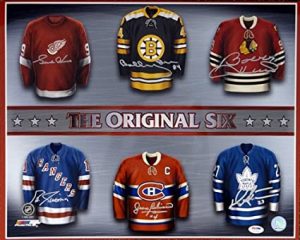
The first NHL All-Star Game was held in 1934 to raise funds for Ace Bailey, a player who had to retire because of a nasty play by Eddie Shore. The second match took place in 1937 to support Howie Morenz’s family after his death due to a coronary artery caused by a broken leg injury during a match.
The Great Depression and the outbreak of World War II caused great damage to the tournament. The Pirates became Philadelphia Quakers in 1930, then dissolved a year later. The same Senators team also changed its name to St. Louis Eagles in 1934, then only one year to play. The Maroons did not survive, as they suspended operations in 1938. New York Americans were banned from playing in 1942 due to a lack of players and no handcuffs since.
The tournament dropped to six teams in the 1942-43 season: Boston Bruins, Chicago Black Hawks, Detroit Red Wings, Montreal Canadiens, New York Rangers and Toronto Maple Leafs. These six teams remain intact for 25 years, and are called Original Six. The tournament then reached an agreement with the trustees of the Stanley Cup in 1947 to gain full control of the title, helping NHL to reject the offer of other tournaments to compete.
Maurice “Rocket” Richard became the first person to score 50 goals in a 50-match season. Richard then led Canadiens to five consecutive championships from 1956 to 1960, a record that has never been broken. Willie O’Ree broke the color divide on January 18, 1958 with his debut for Boston Bruins and was the first black player in NHL history.
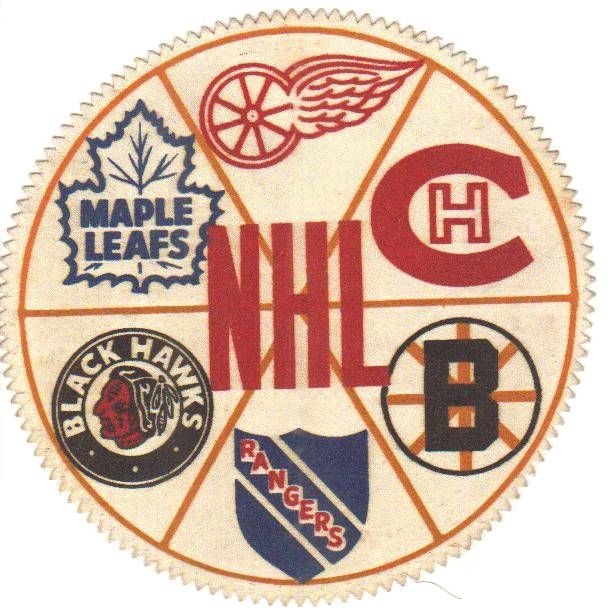
By the mid-1960s, the ambition of a television contract in the United States, and the concern that the Western Hockey League was aggressively announcing it would become a major and competitive tournament for the Stanley Cup, forcing the decision to expand. for the first time since the 1920s. The National Hockey League must compete fiercely with the WHA to retain players; they lost 67 people to the emerging tournament in the 1972-73 season. Wayne Gretzky played one season at the WHA for Indianapolis Racers (8 games) and Edmonton Oilers (72 matches) before Oilers joined the National Hockey League in 1979-80.
The complete history of NHL hockey tournaments (Part 1)
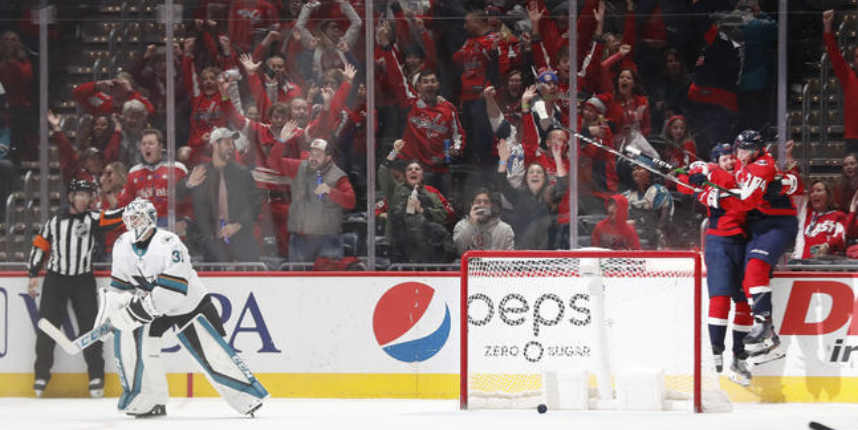
The NHL is the most popular organization that players from around the world are trying to get involved with. NHL clubs have their own logos, traditions and histories.
Some of the people of the last century who are part of this tournament have become legends. Instead, they have new candidates to join this hockey tournament.
Start of the story
The history of the most prestigious solidarity hockey clubs from the United States and Canada dates back to 1917. After the National Hockey Association had a dispute and disagreement over a number of key issues, it has been replaced by NHL. NHL hockey clubs participated in the first season of 1917/1918 with only 4 cities. They are Montreal, Quebec, Toronto and Ottawa.
The owner of the team from Toronto, due to reorganization needs arose, until finally did not believe that the organizers had decided to remove him and the Blueshirts group from the association. After lengthy negotiations, Edward Livingstone still agreed not to ban the team from hockey. However, he promised to sell the club within 5 days.
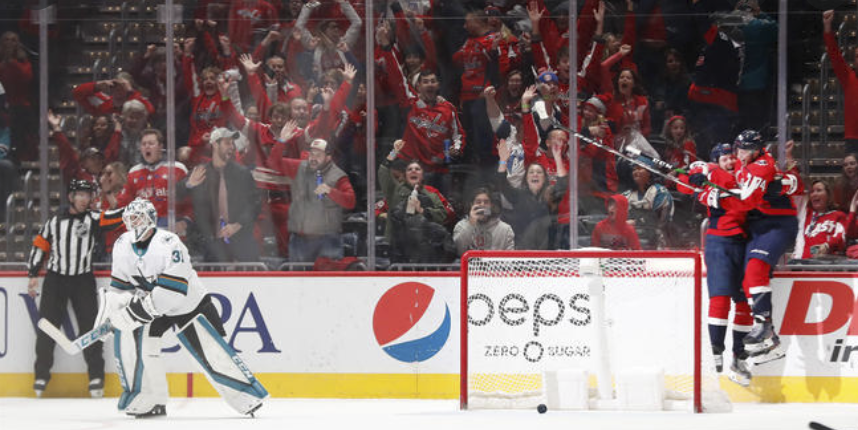
Following was the resignation of NHA President Charles Robinson and the association ceased to exist. The owner of the first Stanley Cup was the same team from Toronto. owever, changed the name and gave it to the local stadium care. Later Livingston did not lose hope to regain the club and filed a lawsuit against the hockey tournament, winning unsuccessfully.
Difficult early years
In the first decade of existence, the league simply fought for its existence in this business. Despite this precarious position of the new organization, the teams participating in the national tournament, have won the Stanley Cup 7 times in 9 years. After that, the players were able to raise their salary to a level that the Pacific Coast Hockey Association could not even dream of. NHL clubs, since 1925, have only grown and by 1930 there were 10 of them.
The early years of the National Hockey League

The National Hockey League was founded in 1917 as the successor to the National Hockey Association (NHA). Founded in 1909, NHA had its first season in 1910 with seven teams from Ontario and Québec, and was one of the first professional hockey tournaments. But in the eighth season, a series of disputes with Toronto Blueshirts owner Eddie Livingstone led owners of Montreal Canadiens, Montreal Wanderers, Ottawa Senators, and Quebec Bulldogs to hold a discussion about the future. hybrid of the tournament. Realizing that NHA’s rules did not allow them to remove Livingstone from the tournament, the four teams agreed to stop NHA’s operation, and on November 26, 1917, formed the National Hockey League. Frank Calder was elected the first president, and held this position until 1943.
The Bulldogs were unable to compete, so the remaining bosses decided to form a new team in Toronto, called Toronto Arenas, to compete with Canadiens, Wanderers and Senators. The first matches were held on December 19, 1917. When the Montreal Arena burned down in January 1918, causing the Wanderers to shut down, NHL was forced to continue with his father. The team remained until the Bulldogs returned in 1919.
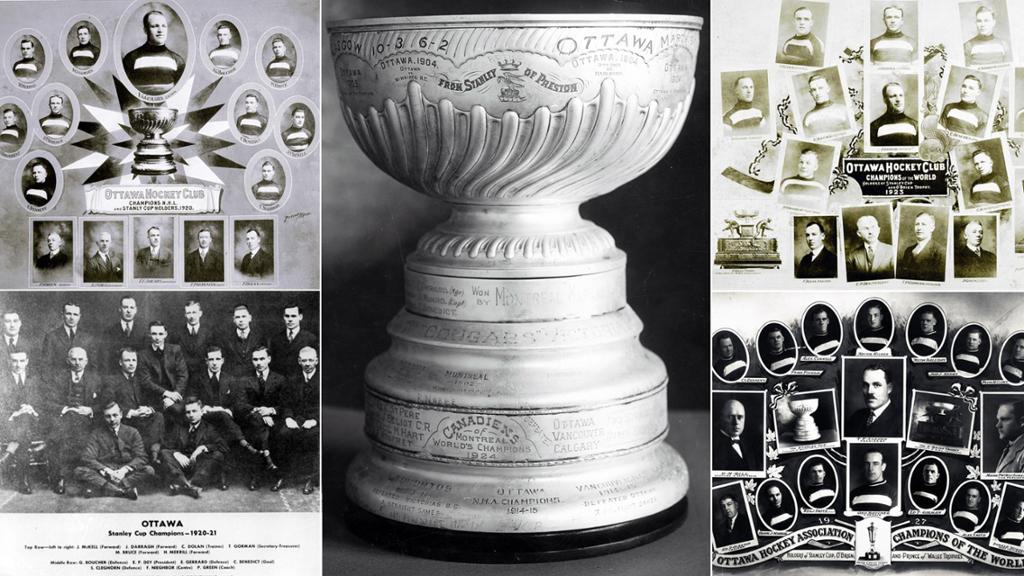
NHL replaces NHA to become one of the Stanley Cup competitive tournaments; At that time Stanley Cup acted as a common title for the strong teams of the major hockey leagues across North America. Toronto won the NHL championship first, and then the Vancouver Millionaires of the Pacific Coast Hockey Association (PCHA) at the 1918 Stanley Cup Final The Canadiens won the NHL in 1919; however, the Stanley Cup Final Stanley Cup Final against Seattle Metropolitans was canceled due to the Spanish flu. In 1924 Montreal won the Stanley Cup for the first time as a member of the NHL. Hamilton Tigers, who won the regular season 1924-25 season, refused to compete in the Championship Series unless they were rewarded with an additional $ 200. NHL rejected and declared Canadiens the champion after it defeated Toronto St. Patricks (formerly Arenas) in the semi-final. Montreal then lost to the Western Canada Hockey League (WCHL) Victoria Cougars in the Stanley Cup Final of 1925. This was the last time a non-NHL team won the Stanley Cup, after the Stanley Cup became the NHL championship in 1926 after. when WCHL was dissolved.
The National Hockey League began an expansion in the 1920s with the joining of Montreal Maroons and Boston Bruins in 1924. The Bruins team was the first US team to compete. New York Americans started playing in 1925 after acquiring Hamilton Tigers, with a new team called the Pittsburgh Pirates. The New York Rangers joined in 1926. Chicago Black Hawks and Detroit Cougars (later changed to Red Wings) also joined the tournament after NHL acquired WCHL. A corporation quickly goes to Toronto St. Patricks in 1927 and renamed the team to Maple Leafs.








